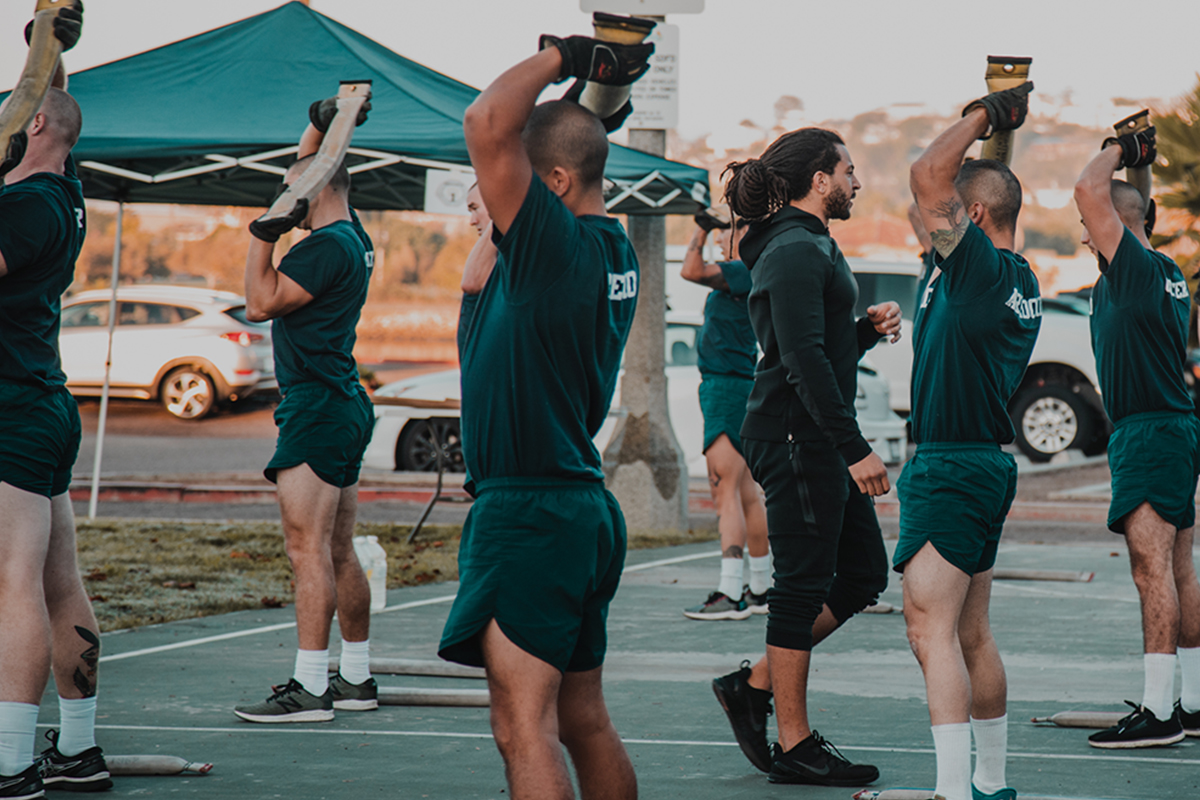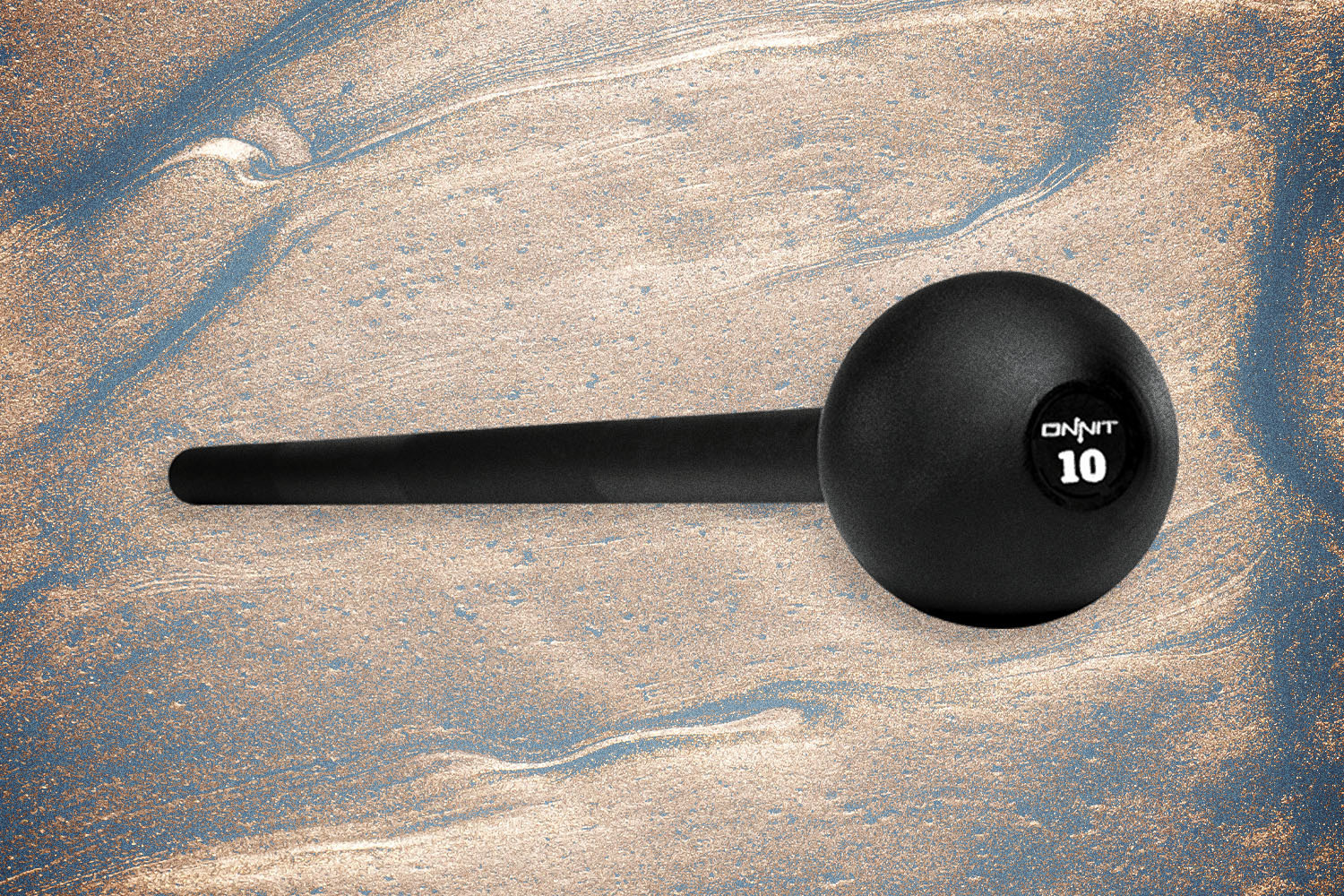I stayed with a fitness-obsessed friend in Los Angeles for nearly a month last spring, and three days a week he’d go to his roof to work out with resistance bands. He had a full set, so it included a couple “heavier” bands he’d struggle to get more than a few reps with — especially at the end of his workout.
At many points throughout my stay, I remember him saying that he “didn’t miss the gym.” He felt he had all he needed to keep his strength training going. Recently, though, his gym reopened. He couldn’t resist popping over one afternoon, just to throw some weights around again. Now he hasn’t gone back to his rooftop routine in months.
What’s so great about the gym? Well, most of us didn’t have access to machines for compound muscle exercises during the pandemic, and progressive loading is really fun. It’s an extremely measurable process, and if you stay consistent — add a little more weight each time, take recovery days seriously, eat right — you will get bigger.
The three most common compound exercises for maximum gains (deadlifts, squats and bench press), also combine for the most iconic strength-training benchmark you can achieve. Similar to, say, running a marathon in less than three hours, weightlifting has its own gold standard: the 1,000-pound club.
It’s pretty straightforward: if your one-rep maximum from each of those three exercises tallies up to 1,000 pounds or more, you’re in the club. You likely wouldn’t know the names of most people in the club; they’re powerlifters, CrossFit junkies, soldiers. But everyone’s favorite Aussie, Hugh Jackman, joined the club a few years ago, at the age of 46. His splits were a 355-pound squat, a 235-pound bench press and a 410-pound deadlift.
It might feel tempting to dismiss Jackman’s feat. After all, similar to most combat specialists, his waking hours are dedicated to staying in absolutely absurd shape. (He was training for one of the Wolverine movies at the time, too.) But keep in mind that proper powerlifting doesn’t require more than an hour out of your day. That hour just needs to become sacred. If you stick with it, as the legendary lifter Hendrick Famutimi explained to Men’s Health, you can expect “to be able to lift about 2.5 to 3 times your bodyweight” after a year of training.
A year sounds long, but the length will help hold you accountable. There’s nothing sustainable about getting jacked for one wedding. If you take a full year to start from the bottom and build up, your reward isn’t just a larger, stronger frame, it’s a wealth of knowledge on how your body responds to strength training. For instance: What’s the best time of day for you to work out? What fuel does your body respond well to? How’s your form on those deadlifts? Are you addicted to progress, or exhausted by the process? If you’re not having fun, should you keep going?
In order to make like Wolverine and young GIs, start by assessing your one-rep maximum for each exercise. There’s a chance it all adds up to less than 500 pounds, let alone 1,000, and there’s also a chance you have trouble even completing the test. One-rep maximums can be a bit scary without a spotter. So bring a friend along or see where you stand on three reps to get a feel for the very most you can lift.
Remember that there’s nothing inherently “better” or “healthier” about lifting for mass instead of endurance. Strength training itself is a dynamite longevity play that builds stronger bones and more flexible joints while stemming your loss of muscle mass as you age. Ultimately, loading up on weight is just a choice you have to make. If you have any interest at all, attempt it sooner rather than later. That heavy stuff will only feel heavier as you age, and at that point, you can train your arms and legs with my friend’s resistance bands, anyway.
If you fully commit, make sure to eat a ton of food, employ exercises that give you days off from the main-stage compound movements (e.g., to improve your bench press, you’ll want to do lots of dips), and always prioritize low and slow mind-muscle connection. It could take two years, and you might only touch the 1,000-pound club for the day, but you’ll have the distinction forever.
This article was featured in the InsideHook newsletter. Sign up now.

















